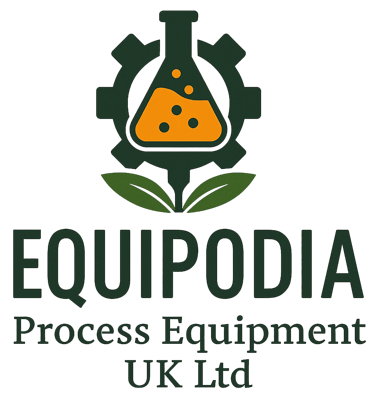Stainless Steel
Stainless steel, as its name indicates, is a class of iron-based alloys that is resistant to corrosion and rust formation. It is a type of versatile and indispensable material in modern engineering and design, renowned for its corrosion resistance, mechanical strength, and sleek finish. Whether deployed in architectural marvels, food-grade installations, or high-stress industrial equipment, stainless steel offers an exceptional balance between function and form—making it a cornerstone in sectors that demand reliability and aesthetic integrity.
⚗️ Chemical Composition
Iron (Fe) – Core structural element
Chromium (Cr) – 10.5–30%, vital for forming a protective passive layer: Key for corrosion resistance
Nickel (Ni) – Improves ductility and resistance
Carbon (C) – Controls hardness and strength, typically ≤1.2%
Molybdenum (Mo) – Increases resistance to localized corrosion: Enhances acid resistance
Manganese (Mn), Silicon (Si), Nitrogen (N) – Refine performance: Assist in structural and corrosion enhancements
The careful alloying of these elements tailors stainless steel for specific environments and applications.
📂 Sub-classes and Microstructures
Austenitic – 304, 316 / 316L, 321 and Alloy 20– Excellent corrosion resistance. Molybdenum improves acid resistance; 316L enhances weldability.
Ferritic – 409 and 430 – Magnetic, decent corrosion resistance, lower ductility. More economical; used in automotive exhaust systems, trim, fasteners.
Martensitic – 410, 420, 440C – Magnetic, high strength, moderate corrosion resistance. Can be hardened; used in cutlery and tools
Duplex – 2205 and 2207 – Balanced austenitic-ferritic structure; high strength and excellent chloride resistance. Used for heat exchangers, offshore piping, desalination
Precipitation Hardening (PH) – 15-5 PH, 17-4 PH– High strength via heat treatment. Used in aerospace and high-stress applications
⚙️ Properties
✅ Corrosion Resistance – Ideal for humid, acidic, or marine environments
🔥 Thermal Stability – Performs under extreme temperature conditions
💪 Mechanical Strength – Supports structural applications and pressure containment
✨ Surface Finish – Smooth, hygienic, and visually refined
🧰 Fabrication Flexibility – Weldable, machinable, and formable
🧲 Magnetism – Depends on grade (e.g., ferritic = magnetic)
⚗️Applications in Chemical Processing
Stainless steel is vital in chemical processing for its ability to withstand aggressive substances, high pressures, and temperature extremes. Applications include:
Acid storage tanks – Resistance to sulfuric and hydrochloric acids. Grades: 904L, Alloy 20
Heat exchangers – Stress corrosion and thermal cycling resistance. Grades: Duplex 2205, 321
Process piping – Weldable and suited for high-pressure flow. Grades: 316L, Duplex 2205
Reactors, agitators, condensers – Endures oxidizing/reducing chemical exposure. Grades: 316L
Pharmaceutical reactors – Hygienic and easily sterilized. Grades: 316L
🔍 Explore: Pickling and passivation treatments are often applied for enhanced protection and cleanliness.
🏭 Industrial Applications by Sector
🔨 Architecture & Design – Facades, handrails, sculpture. Grades: 304, 316
🍽️ Food & Beverage – Sanitary surfaces, piping, tanks. Grades: 304, 316
🏥 Medical Equipment – Surgical tools, trays, implants. Grades: 316L, 17-4 PH
🚗 Automotive – Exhaust systems, trims, fasteners. Grades: 409, 430
✈️ Aerospace – Springs, fasteners, structural frames. Grades: 15-5 PH, 17-4 PH
🛋️ Consumer Products – Appliances, kitchenware, wearables. Grades: 304, 316, 420
Equipodia Process Equipment UK Ltd
Customer Services
Product inquiry
contact@equipodia.co.uk
+44-191 390 2300
© 2025 Equipodia. All rights reserved.
Quality chemical process equipment.
Equipodia Process Equipment UK Ltd. Registered in England
